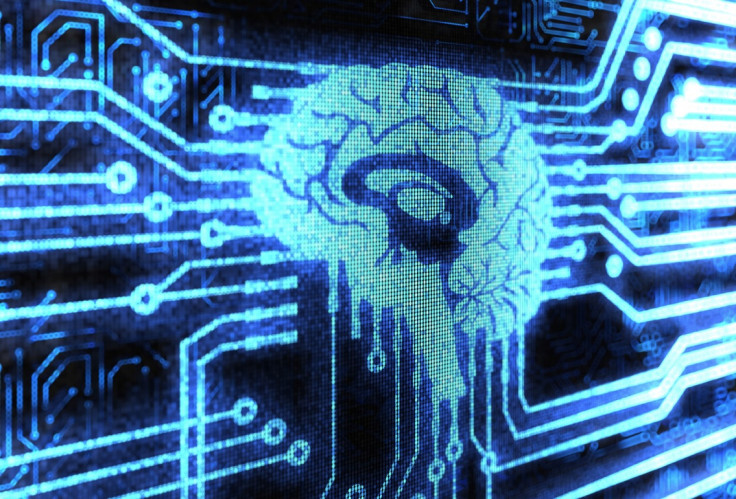Google boasts quantum computing breakthrough with first display of real-world use
Scientists team up with Google to demonstrate one of the first real-world uses for quantum computers.

US and UK scientists have teamed up with Google to successfully demonstrate the first ever completely scalable quantum simulation of a chemical reaction, showcasing a real-world use for quantum computers which could revolutionise multiple areas of research into medicine and materials.
Researchers from Google, Harvard University, Lawrence Berkeley National Labs, Tufts University, UC Santa Barbara and University College London have successfully managed to use a quantum computer to simulate a hydrogen molecule, which would be the first step towards simulating entire chemical systems.
Their open access paper, entitled "Scalable Quantum Simulation of Molecular Energies", is published in the American Physical Society's journal Physical Review X.
Although currently quantum computers are merely a concept, numerous computer science researchers around the world and billions of dollars has been invested to create them, and it is believed that these new super-powerful computers will be available within the next 50 years.
It is thought that quantum computers will be most useful in replicating and simulating reality, particularly modelling chemical reactions in order to predict reaction rates, which will greatly speed up how medicines, solar cells, batteries, materials, industrial catalysts and flexible electronics are designed.
The difficulty in computing chemical reactions
Predicting chemical reaction rates, also known as solving the molecular electronic structure problem, is where you try to figure out the lowest energy configuration of electrons in the presence of a given nuclear configuration.
It is very difficult for computers today to handle this because different parts of a single atom can all be in many possible states simultaneously – a quantum theory known as "superposition". You might know this through the analogy of the Schrödinger's cat thought experiment.
A hydrogen atom is one of the simplest atoms in nature, but to figure out the energy configurations, the computer has to go through each state that the atom could possibly be in, one by one, until it figures out the right one.
This isn't a problem with a simple reaction like methane (CH4), which takes one second for the computer to complete, but if the chemical formula is more complicated, it takes longer, so for example, ethane (C2H6) takes 10 minutes, but working out propane (C3H8) will take the computer 10 whole days.
However, a quantum computer should be able to look at every single state the atom could be in all at once, since quantum bits (qubits) can exist in multiple states themselves and have much greater computing power at their disposal.
Creating the quantum version of a neural network

Neural networks are large networks of artificially intelligent classical computers that are trained using computer algorithms to solve complex problems in a similar way to the human central nervous system, whereby different layers examine different parts of the problem and combine to produce an answer.
The researchers decided to create a quantum version of a neural network using an approach known as variational quantum eigensolver (VQE), whereby instead of programming each computer in traditional bits, which have a single binary value of 0 or 1, the computers are trained to model quantum data using quantum bits (qubits) that can be in superposition, so each qubit can have the value of 1 and 0 at the same time.
They discovered that the quantum bits were able to compute the energy configurations of the hydrogen molecule in far fewer qubits than traditional bits would be required on a classical neural network, and the results of the computation almost perfectly matched results from simulating the hydrogen atom on a classical neural network.
Essentially, this is just one more step in the right direction towards making quantum computing a reality, as if this is what only a few qubits can achieve, it is hoped that a quantum computer with more qubits could model an entire chemical system.
"Though many theoretical and experimental challenges lay ahead, a quantum enabled paradigm shift from qualitative / descriptive chemistry simulations to quantitative / predictive chemistry simulations could modernise the field so dramatically that the examples imaginable today are just the tip of the iceberg," Google's quantum software engineer Ryan Babbush, one of the lead authors on the study, wrote on the Google Research blog.
© Copyright IBTimes 2024. All rights reserved.






